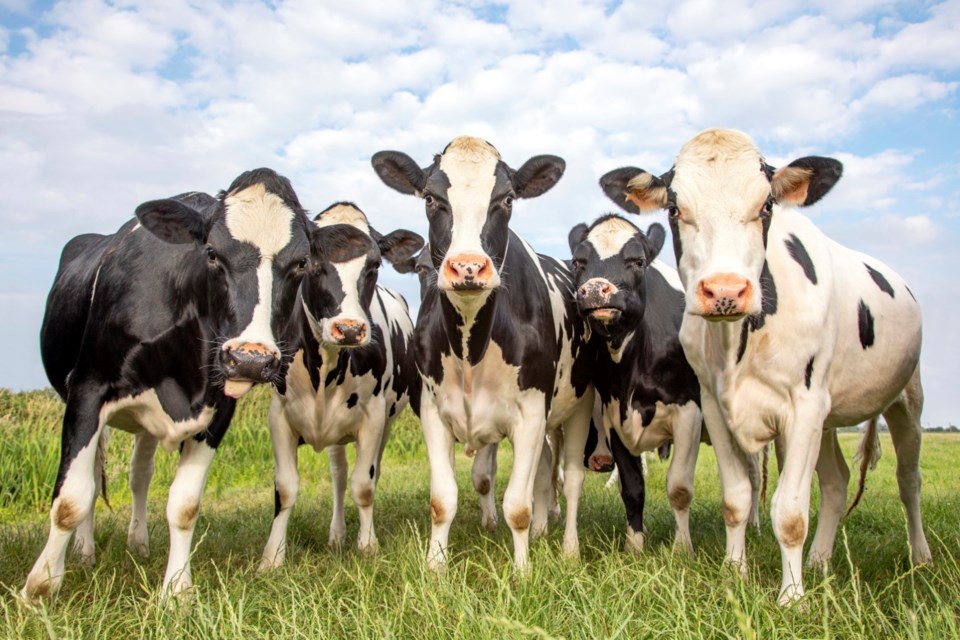I've watched a lot of television from the comfort of my sofa lately. Convalescing from a broken foot and COVID-19 can do that to a person. All that I saw was entertaining, in one way or another, but a few movies really stood out.
My husband is fond of old westerns, and I've suffered through a few shoot 'em up episodes without too much complaint. However, we agreed the one we saw recently was both improbable and hilarious. It was filmed in the 1980s and I have to tell you about it.
The hero, who shall remain nameless, is pitted against a group of blood-thirsty cattle rustlers. Three local ranchers, outfitted in brand new Stetsons, immaculate sheepskin jackets and highly polished cowboy boots, clomp into the sheriff's office to complain that someone is stealing their best beef cattle, and the law has done nothing.
As the sheriff rubs his grizzled jaw and leans back in his old wooden chair to contemplate this serious matter, the scene shifts. We see a barren, hilly pasture where two bad guys rev motorbikes, and a third, evil-looking fellow starts the throaty engine of a tractor-trailer unit parked along a deserted dirt road.
Suddenly, a helicopter appears over the horizon! It’s spotted a small herd of likely-looking cattle and radios co-ordinates to the ground crew, who fly into action. (As if all this wouldn't catch the attention of ranchers concerned about their stock, we move into the second phase of this wild act.)
The motorbikes round up a herd of about 20 head and run them pell-mell along a pre-arranged course. (These cattle remain calm and unafraid in the face of roaring motorcycles and a helicopter zooming overhead). The truck's back door is flung open.
Without any form of enclosure to contain the beasts or prevent them from dashing to either side of the vehicle and off into the distance (which is precisely what would happen in real life), the eager animals run willingly up a ramp, pushing and shoving to get inside. The door is slammed shut.
Three gentlemen in white lab coats and shiny rubber boots ascend the ramp holding lethal-looking knives. They disappear within. As the truck bounces across the range, a tumbleweed accompanies a sinister tune, and the motorcyclists announce that the animals will be slaughtered, skinned, eviscerated, hung, dressed, and quartered before reaching city limits.
Sure enough, when the swaying truck pulls up at the depot, two hours away, the back door is again swung wide, the ramp lowered, and the same three men, still in their pristine white coats and nifty new boots, roll out clean wagons filled with beautifully prepared beef to sell to an unsuspecting public.
Voila. No sweating or swearing as cattle evade the trap; no dust or dirt; no messy business with blood or guts. Everything is clean, white and goes according to plan. What a scheme!
Question: did the scriptwriters consult with anyone remotely affiliated with raising or butchering cattle? Could they have at least called someone that’s seen a cow before? Apparently not.
And, in my view, this isn't even the punchline. The final, unbelievable fact was that the prized "beef" cattle were, in fact, a group of highly trained Holstein heifers.
True to life on the range? Not.



.jpg;w=80;h=120;mode=crop)
